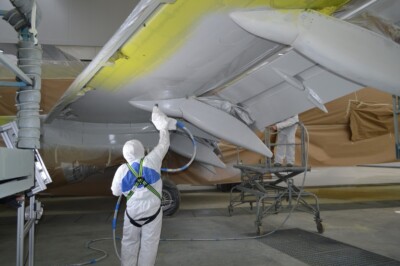Is Airplane Paint the Same as Car Paint? Exploring the Differences
5 February 2024 | Updated on February 05, 2024
Have you ever wondered if airplane paint and car paint are the same? While both types of paint may seem similar at first glance, they are actually quite different. In this article, we will explore the key differences between airplane paint and car paint, including their composition, durability, application process, and maintenance requirements.
It’s essential to understand these differences, as they can impact the performance, appearance, and longevity of both vehicles and aircraft. So, let’s dive into the unique elements and comparisons between airplane paint and car paint to gain a comprehensive understanding of how they differ.
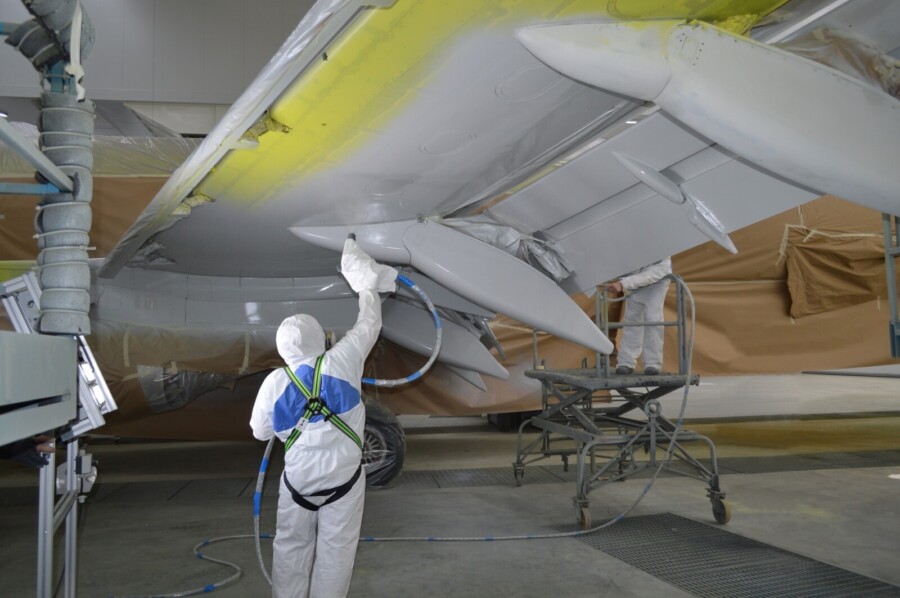

Key Takeaways
- Airplane paint and car paint are not the same and have different requirements.
- Airplane paint requires special protection and durability to withstand harsh environments.
- Car paint focuses on aesthetics, color choices, and finishes.
- The composition, application process, and maintenance requirements of airplane paint and car paint differ significantly.
- External factors, such as the environment and wear and tear, can impact paint performance and longevity.
Understanding Airplane Paint
When it comes to airplane paint, its composition plays a crucial role in its durability. Unlike car paint, which prioritizes aesthetics, airplane paint is primarily designed to protect against harsh environmental conditions that aircraft are exposed to daily.
The composition of airplane paint consists of multiple layers of specialized coatings applied to the aircraft’s surfaces, providing a protective barrier against ultraviolet radiation, corrosion, chemicals, and extreme temperatures.
- The first layer of paint, known as the primer, serves as the foundation for the subsequent layers. This layer is formulated to provide optimal adhesion to the metal surface and prevent corrosion.
- The second layer is known as the basecoat, which provides color and texture to the paint. This layer is designed to be lightweight to prevent additional weight to the aircraft and impact its overall performance.
- The final layer is the clearcoat, which provides a protective layer over the basecoat. This layer is designed to enhance the durability of the paint and protect the aircraft from scratches, chips, and cracks.
Given the aircraft’s exposure to extreme conditions, airplane paint must also meet specific durability requirements. It must withstand rapid changes in temperature, moisture, and high-altitude conditions, coupled with exposure to chemicals and other pollutants.


Composition of Airplane Paint
| Layer | Purpose |
|---|---|
| Primer | Ensures adhesion to metal surface and prevents corrosion |
| Basecoat | Provides color and texture to the paint while maintaining light weight |
| Clearcoat | Enhances durability and protects against scratches, chips, and cracks |
Overall, airplane paint’s composition and its durability requirements set it apart from car paint. Its primary function is to protect the aircraft, while car paint focuses more on aesthetics.
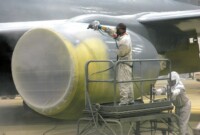

Learn more
How and Why do Airplanes Get Painted?
Exploring Car Paint
Car paint is a crucial element in the automotive industry, where aesthetics play a significant role in attracting customers. Car paint is designed to be visually appealing, with a wide range of colors, finishes, and specialized coatings that cater to the needs of car owners.
Automotive paint is made up of three layers: the primer, the base coat, and the clear coat. Each layer has a specific purpose, from protecting the metal body to providing the desired color and shine. The primer ensures that the car is protected from rust and other forms of corrosion, while the base coat gives the car its color and finish. The clear coat acts as a protective layer, preventing the underlying layers from damage and extending the lifespan of the paint.
The automotive industry is constantly evolving, introducing new techniques and technologies to improve the durability, appearance, and performance of car paint. From advanced color-matching systems to high-tech application processes, the automotive industry invests heavily in research and development to keep up with changing consumer demands.
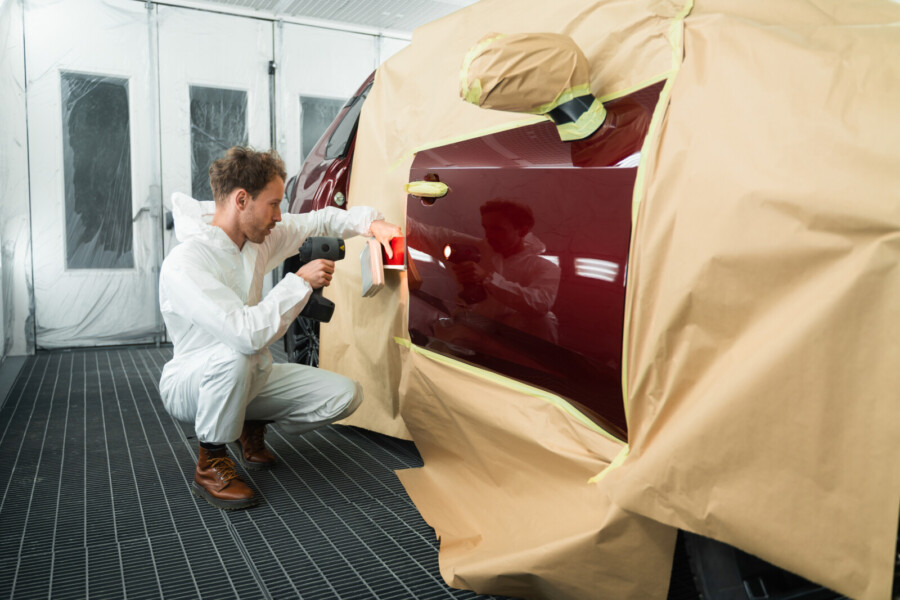

Specialized Coatings
Car paint is not limited to just color and shine. There are several specialized coatings available that cater to specific needs. For example, ceramic coatings provide superior protection against scratches, UV rays, and chemical stains, making them a popular choice for car enthusiasts. Additionally, some coatings offer self-healing properties, allowing the paint to repair minor scratches and scuffs on its own.
Other coatings provide unique finishes, such as matte or metallic, giving car owners the freedom to customize their vehicles to their liking. The automotive industry offers a wide range of options for car paint, ensuring that customers can find the perfect color and finish that reflects their personality and style.
The automotive industry recognizes the importance of car paint, and offers a variety of options that cater to the needs and preferences of car owners. From specialized coatings to advanced application techniques, car paint is designed to be both visually appealing and durable, ensuring that cars remain beautiful and protected for years to come.
Key Differences between Airplane Paint and Car Paint
While airplane paint and car paint may appear similar to the untrained eye, there are significant differences between the two types of paint. Let’s take a closer look at some key areas of contrast:
| Airplane Paint | Car Paint | |
|---|---|---|
| Composition | Typically made from specialized materials that can withstand extreme temperatures, UV rays, and corrosion from air and moisture. The paint must also be lightweight to prevent adding extra weight to the aircraft. | Includes pigments, resins, and solvents that can create a range of colors and finishes. Often used for aesthetic purposes and can contain metallic elements for a glossy look. |
| Application Process | Due to the complex shape of aircraft, it’s necessary to use specialized equipment and techniques to apply the paint evenly and ensure no spots are missed. Paint must also be able to adhere to surfaces that are not flat or even. | Applied using a spray gun or other equipment to achieve an even coat. The paint dries quickly and can be applied in layers for added depth. |
| Durability | Must be able to withstand extreme environmental conditions, such as high altitude, extreme temperatures, and exposure to chemicals. Paint must also maintain its color and integrity over long periods of time to reduce the need for frequent maintenance. | While durability is still important, car paint does not face the same harsh environmental conditions as airplane paint. Color may fade over time due to exposure to sunlight and weather, but can be easily retouched or repainted. |
| Maintenance | Requires specialized techniques and knowledge to maintain and repair, often requiring a dedicated team of professionals in the aviation industry. Regular inspections are necessary to ensure the paint remains intact and free from damage. | Maintenance can be done by car owners or professionals in the automotive industry. Regular washing and waxing can help preserve the paint and prevent damage from environmental factors. |
These differences highlight the unique demands and requirements for airplane paint and car paint. While both serve important purposes, they are not interchangeable and must be used according to their specific applications.
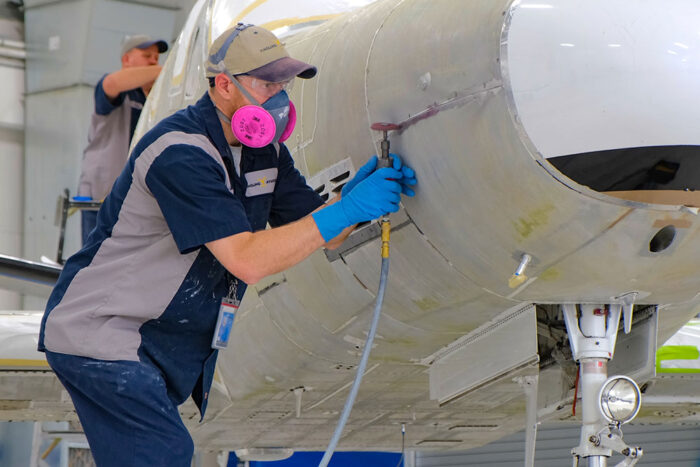

Factors Influencing Paint Performance
Paint performance depends on various factors, including the environment, wear and tear, and quality of application.
The environment plays a significant role in determining the longevity and appearance of both airplane paint and car paint. Extreme temperatures, exposure to ultraviolet radiation, salt spray, and other factors can cause paint to crack, fade, or peel. In the aviation industry, aircraft are often exposed to harsh climatic conditions, such as high-altitude UV rays, moisture, and temperature fluctuations. Hence, airplane paint must be formulated with specific additives and coatings to enhance corrosion resistance, prevent erosion, and minimize damage from high-speed airflow.
According to a recent study, “The durability of coatings depends on the interactions between the environment, the coating, and the substrate. Therefore, it is essential to develop the coating according to the specific needs of the environment and the substrate.”
In the automotive industry, the primary concern is protecting the car’s appearance from weathering, oxidation, and UV damage. However, the environmental requirements for car paint are less stringent than aviation paint, which allows for a wider range of color and finish options.
Wear and tear is another crucial factor affecting paint performance. In the aviation industry, airplanes are subject to constant wear and tear from the forces of air resistance and exposure to debris. As a result, airplane paint must be durable enough to withstand impact damage, erosion, and corrosion from salt spray and airborne contaminants. In contrast, the wear and tear on car paint depends on usage patterns, driving habits, and exposure to external factors like gravel, sand, and other debris.
The quality of the application also affects paint performance. Poor application techniques can cause bubbling, unevenness, or peeling. In the aviation industry, paint application must conform to strict standards and regulations to ensure uniformity, thickness, and adhesion. In contrast, the application of car paint is less regulated and depends on the skill and expertise of the painter.
The Importance of Proper Maintenance
Proper maintenance is crucial for extending the life of both airplane paint and car paint. Regular washing, waxing, and polishing can help to remove dirt, grime, and environmental contaminants that can cause paint damage. In the aviation industry, airplanes undergo routine maintenance checks to ensure that the paint is intact and free from corrosion or damage. In the automotive industry, regular detailing, touch-up paint, and clear coats can help to prevent fading, oxidation, and other damage caused by environmental factors or wear and tear.
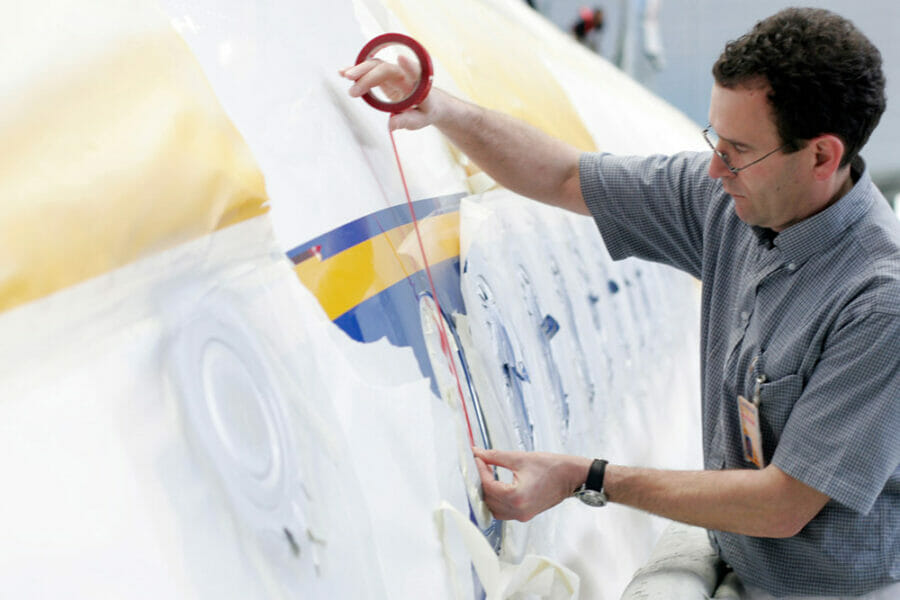

A Lufthansa Technik employee working on a window band on D-AIRX, an Airbus A321-131, which was painted in early 1950s style to celebrate 50 years of Lufthansa in 2013.
Conclusion
In conclusion, while some might assume that airplane paint and car paint are similar, there are distinct differences between the two. Airplane paint is designed to withstand the extreme temperatures and conditions of high-altitude flight, while car paint is focused on aesthetics and color choices in the automotive industry.
Understanding these differences is key to maintaining the appearance and longevity of both aircraft and vehicles. For example, while car paint may require regular polishing and waxing to maintain its shine, aircraft paint must be able to endure the stresses of flying in harsh weather conditions.
Factors such as the environment and wear and tear also play a crucial role in the performance of both airplane paint and car paint. Regular maintenance and repairs are necessary to ensure that both types of paint continue to perform as intended.
Final Thoughts
Whether you’re in the aviation industry or the automotive industry, it’s important to understand the specific requirements of paint and how they differ. By doing so, you can ensure that your aircraft or vehicle looks its best, withstands the elements, and continues to perform at its peak.
Ultimately, both airplane paint and car paint serve the important function of protecting and enhancing the appearance of their respective vehicles. By taking good care of the paint, you can help ensure that your aircraft or vehicle will always look its best and maintain its value over time.


Learn more
How and Why do Airplanes Get Painted?
FAQ
Is airplane paint the same as car paint?
No, airplane paint and car paint are not the same. While they may share some similarities, there are key differences in composition, application process, durability, and maintenance requirements.
What are the unique characteristics of airplane paint?
Airplane paint is specifically formulated to meet the stringent requirements of the aviation industry. It is composed of materials that provide durability, weather resistance, and protection against corrosion.
What are the specific requirements for car paint in the automotive industry?
In the automotive industry, car paint needs to not only provide protection but also contribute to the aesthetic appearance of the vehicle. Factors such as color options, finishes, and durability are considered in car paint formulation.
What are the key differences between airplane paint and car paint?
The key differences between airplane paint and car paint lie in their composition, application process, durability, and maintenance requirements. Airplane paint focuses on protection and durability, while car paint emphasizes aesthetics and color choices.
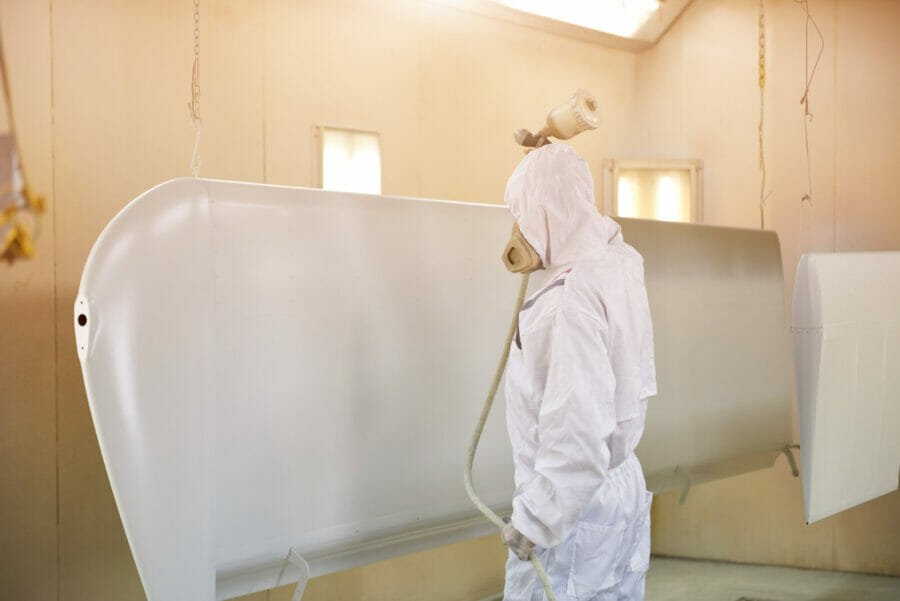

What factors influence the performance of airplane paint and car paint?
Both airplane paint and car paint are influenced by environmental factors such as UV exposure, temperature fluctuations, and wear and tear. These factors can affect the longevity and appearance of the paint.
How should airplane paint and car paint be maintained and repaired?
Maintenance and repair techniques differ between the aviation industry and the automotive industry. Specific requirements and techniques are employed to ensure the longevity and appearance of airplane paint and car paint in their respective industries.
In conclusion, are airplane paint and car paint the same?
No, while there may be some similarities, airplane paint and car paint are not the same. Understanding their unique qualities and differences is essential for maintaining and preserving the appearance and performance of both vehicles and aircraft.




















